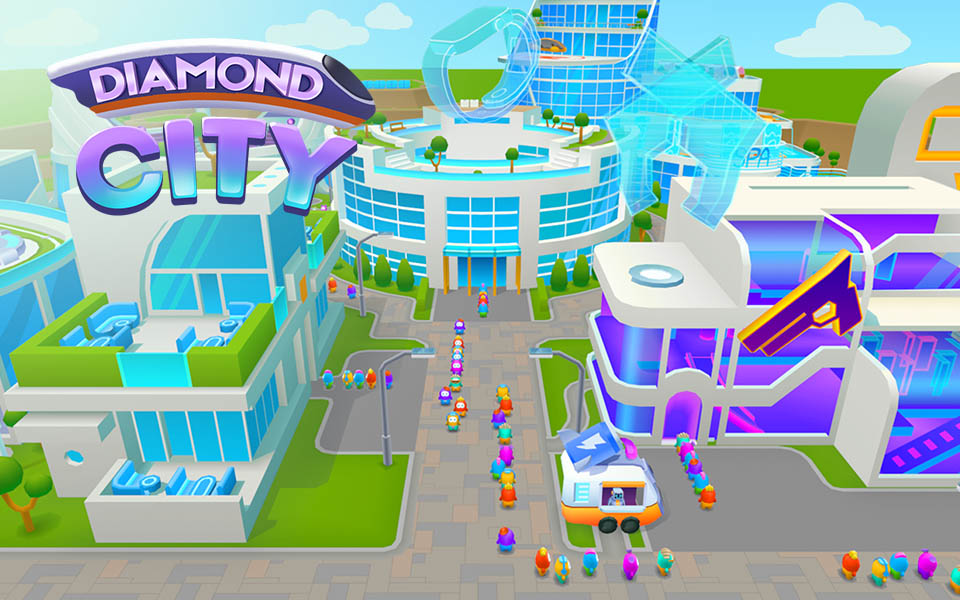
Complete Offers & Earn Money
OfferInfo is a very easy way to earn some quick Cash by completing free offers and random tasks.
Getting started is easy


Login
Sign up a free account and login.

Earn
Earn coins by browsing, gaming, trying out and sharing options.

Cashout
Exchange collected coins for cash or a variety of gift cards.
Many ways to earn


Browsing
Earn coins by browsing various websites.
Gaming
Play free games on your phone and get coins for completing various in-game steps.
Trying out
Help companies try out their apps and collect coin rewards.
Q: Best survey here?
Sharing opinions
Earn coins for sharing your opinions, and influence the next generation products or services of the world.

644
Total Members

48,305
Completed Offers

10,448
Completed Shortlinks

1,554
Completed Jobs

$39,398.49
Paid Out
Our advertisers

Latest From Our Blog

Read our latest articles and stay informed about industry trends.
Diamond City: Build Your Sparkling Metropolis on Android
Are you ready to become the architect of the world's most dazzling urban paradise? Diamond City f...
Dive into the Depths of Magnet Miner: The Addictive Under...
Are you ready to embark on an electrifying adventure beneath the surface? Magnet Miner puts the p...
Discover Treehouse Fishing: A Relaxing Angling Adventure ...
Have you ever dreamed of escaping the hustle and bustle of everyday life, retreating to a cozy tr...
Frequently asked
questions

Browse through these FAQs to find answers to commonly asked questions.

Let's work
 together
together
Any question or remark? just write us a message
Send a message
If you have any questions about our services, need technical support,
or want to discuss partnership opportunities, we're here to help.























